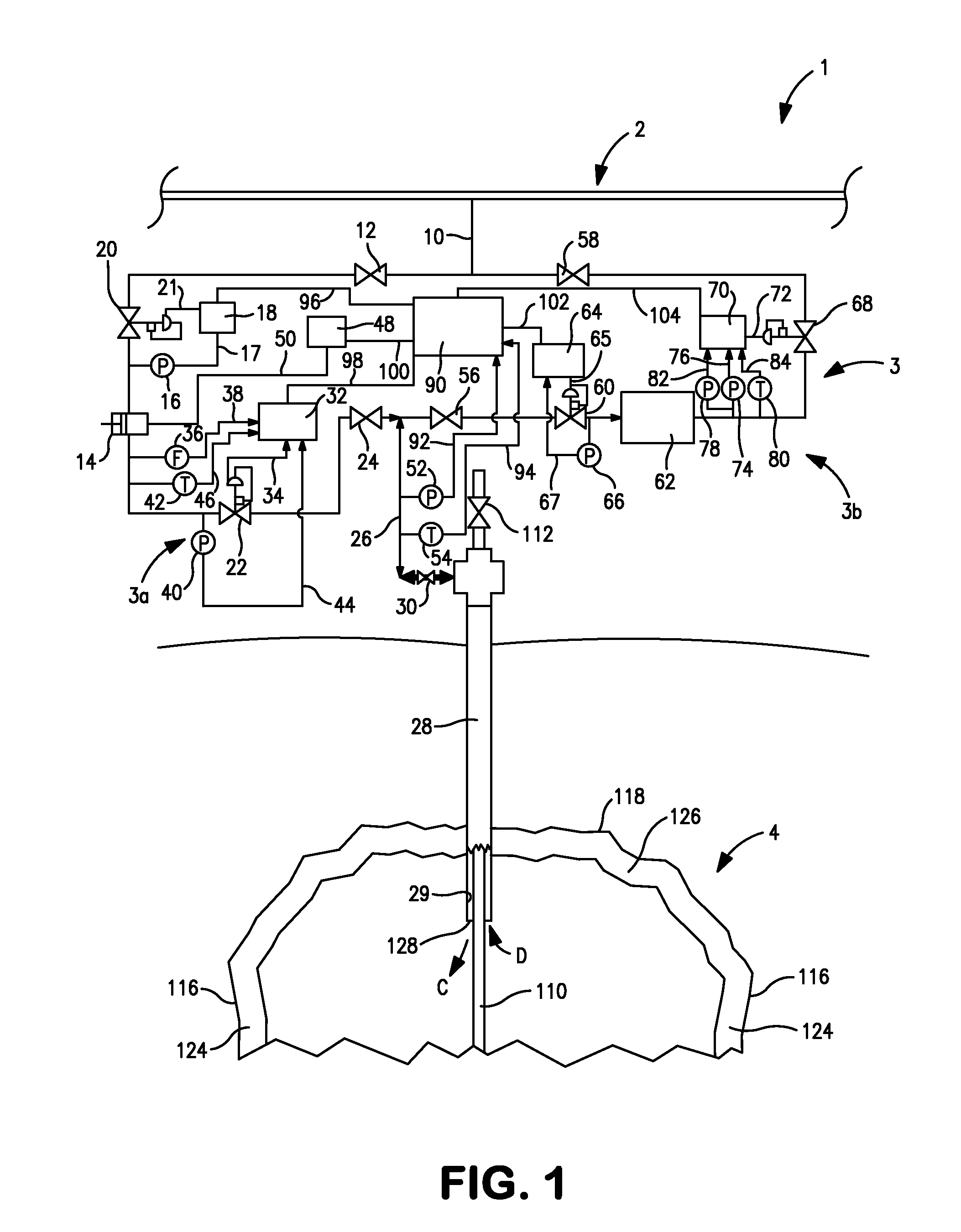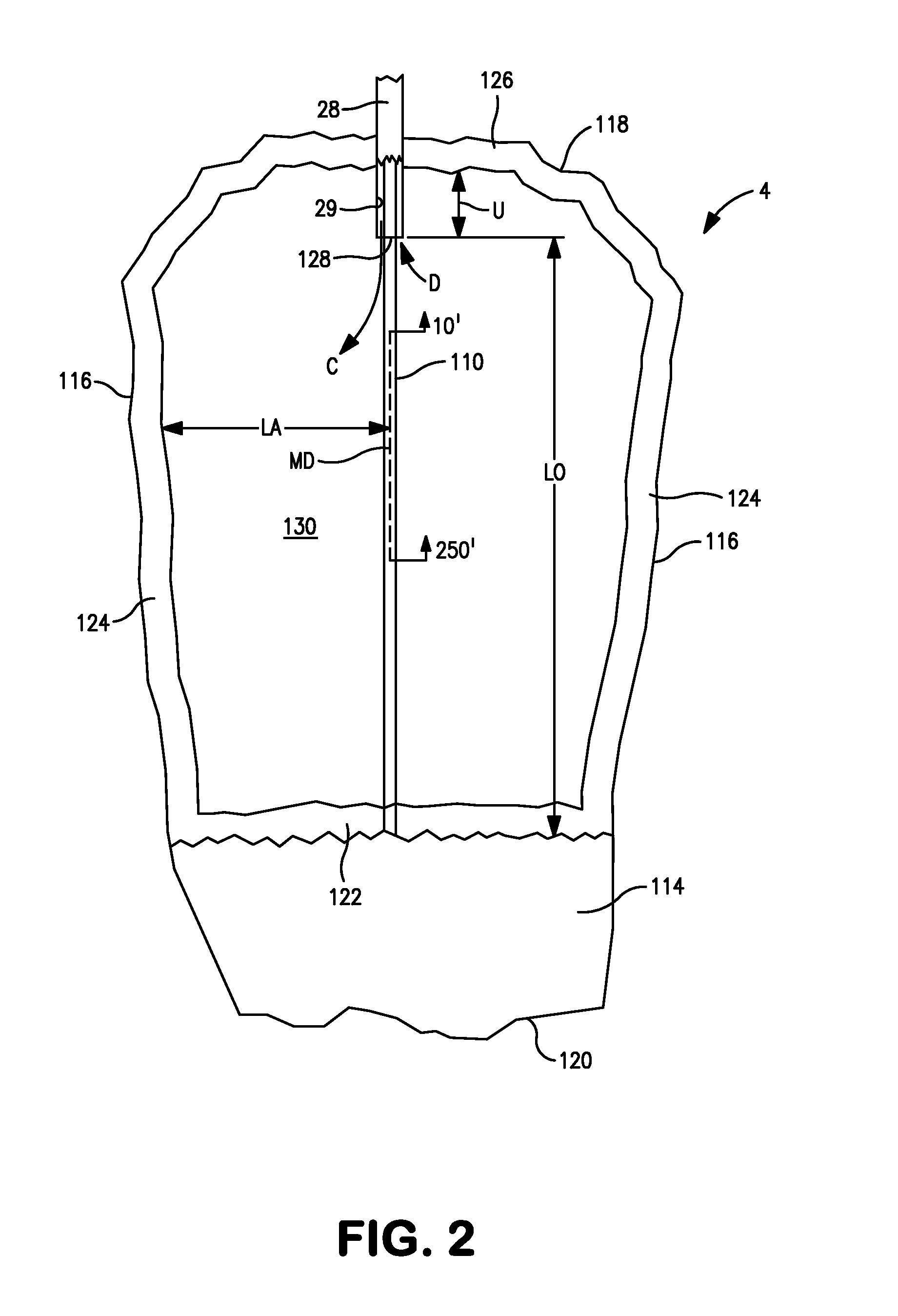Hydrogen storage method and system
a technology of hydrogen storage and hydrogen sulfide, applied in hydrogen sulfides, transportation and packaging, separation processes, etc., can solve the problems of carbon dioxide contamination, extremely low carbon dioxide contamination level, and extremely slow hydrogen transport process
- Summary
- Abstract
- Description
- Claims
- Application Information
AI Technical Summary
Benefits of technology
Problems solved by technology
Method used
Image
Examples
Embodiment Construction
With reference to FIG. 1 a system 1 is illustrated for storing and supplying hydrogen to a hydrogen pipeline 2. Hydrogen traverses the hydrogen pipeline 2 in a direction taken from point “A” to point “B”, from a facility used in generating the hydrogen to customers consuming the hydrogen. The hydrogen generation facility can employ a steam methane reformer to reform a hydrocarbon containing stream into a hydrogen and carbon monoxide containing stream. Such facility typically also uses one or more stages of water-gas shift to react the carbon monoxide with steam and generate additional hydrogen and a hydrogen pressure swing adsorption unit to purify the resulting shifted stream and thereby generate the hydrogen product.
Briefly, the present invention contemplates drawing off a hydrogen feed stream from the hydrogen pipeline 2 during periods of low customer demand and then compressing the hydrogen within a compression side 3a of a flow network 3 to produce a compressed hydrogen feed st...
PUM
 Login to View More
Login to View More Abstract
Description
Claims
Application Information
 Login to View More
Login to View More - R&D
- Intellectual Property
- Life Sciences
- Materials
- Tech Scout
- Unparalleled Data Quality
- Higher Quality Content
- 60% Fewer Hallucinations
Browse by: Latest US Patents, China's latest patents, Technical Efficacy Thesaurus, Application Domain, Technology Topic, Popular Technical Reports.
© 2025 PatSnap. All rights reserved.Legal|Privacy policy|Modern Slavery Act Transparency Statement|Sitemap|About US| Contact US: help@patsnap.com



